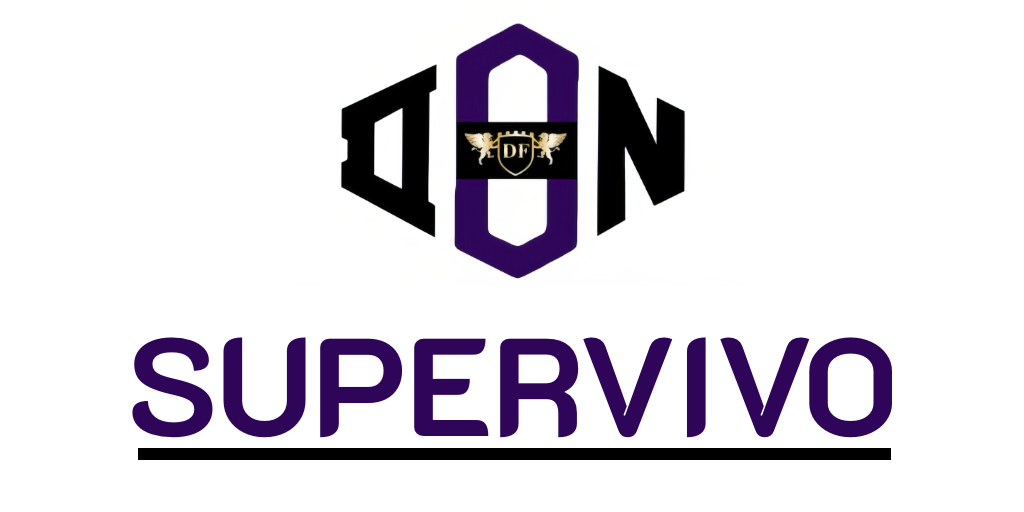Embarking on a fulfilling career as an Xray technician is both rewarding and integral to modern healthcare. As diagnostic imaging technologies advance, the demand for skilled professionals is on the rise. This guide will illuminate the journey of how to become an xray tech, showcasing the necessary skills and the invaluable contribution these technicians make to patient care. With statistics from the NHS reflecting a steady need for qualified personnel, this career path for xray tech offers not only job security but also the chance to make a significant impact in the medical field.
Understanding the Role of an Xray Technician
The role of an Xray technician extends beyond the operation of intricate radiographic machines. These professionals are vital members of the healthcare team, entrusted with a myriad of responsibilities that ensure patients receive the highest quality of care. Understanding xray technician duties is essential for appreciating their contributions to patient management and diagnosis.
What Does an Xray Technician Do?
Xray technicians are primarily responsible for conducting imaging assessments that assist in diagnosing medical conditions. Their tasks involve:
- Preparing patients for radiographic examinations
- Operating radiological equipment efficiently and safely
- Ensuring optimal imaging quality while minimising radiation exposure
- Maintaining accurate records and patient data
These xray technician duties highlight their role as skilled technicians who ensure that the imaging process is seamless and effective.
Common Work Environments
The work environments for xray techs vary widely, reflecting the diverse nature of the healthcare industry. Many practice in:
- Hospitals, where they work closely with a broad range of patients
- Private clinics, offering specialised imaging services
- Diagnostic imaging centres, focusing solely on advanced radiographic techniques
This variety ensures that Xray technicians adapt to different settings, promoting flexibility and expertise in their profession.
Impact of Xray Technicians on Patient Care
The patient care role of xray technicians is undeniably significant. Their expertise not only facilitates accurate diagnoses but also alleviates patient anxiety during procedures. By offering reassurance and clear explanations, Xray technicians help patients feel comfortable and informed, ultimately enhancing their overall experience in what can often be a stressful situation.

How To Become An Xray Tech
Beginning a rewarding journey in healthcare involves understanding the essential steps for starting your career as an xray tech. With the right planning and commitment to education, individuals can position themselves for success in this vital field. A strong foundation in the necessary educational requirements for xray technicians can lead to diverse opportunities in medical imaging.
Steps to Starting Your Career
To embark on the xray technician path, aspiring technicians should consider several key steps:
- Research accredited radiography programmes in your region.
- Complete A-levels in biology, chemistry, and physics to meet educational prerequisites.
- Enroll in a diploma or degree programme in radiography.
- Engage in clinical placements to gain hands-on experience.
- Pursue ongoing professional development to stay updated with advancements in imaging technology.
Importance of Educational Qualifications
A robust educational background is crucial for excelling as an xray technician. The educational requirements for xray technicians ensure that individuals are well-equipped with the knowledge and skills necessary to perform effectively in their roles. Completing recognised qualifications enhances career prospects and instills confidence in providing high-quality patient care.
Xray Technician Training and Education Requirements
Embarking on a career as an Xray technician involves understanding the essential training and education requirements. Various pathways lead to fulfilling roles in diagnostic imaging, providing multiple options for aspiring professionals. These options equip candidates with the skills necessary to excel in the field while ensuring adherence to the highest standards of patient care.
Types of Diagnostic Imaging Education Programs
Individuals interested in the field can explore a variety of diagnostic imaging education programme options. The main avenues include:
- University degree programmes that offer comprehensive training in radiography.
- Diploma courses focused on the practical applications of imaging technologies.
- Apprenticeship schemes that combine hands-on experience with theoretical knowledge.
Each of these pathways typically covers essential subjects such as anatomy, physiology, and imaging technology. In addition, accreditation from recognised bodies helps ensure that the programmes meet industry standards, enhancing graduates’ employability.
Radiography Qualifications in the UK
To achieve success in the UK, radiography qualifications play a pivotal role. A degree recognised by the Health and Care Professions Council (HCPC) usually serves as a fundamental requirement for practice. Institutions such as the University of Salford and Birmingham City University offer programmes tailored to meet these standards. These qualifications not only prepare candidates for the complexities of the profession but also significantly increase their chances of securing desirable employment.
Certification and Licensing for Xray Technologists
Obtaining certification and the necessary licensing for xray technicians marks a significant milestone in the journey towards a successful career in radiography. These steps are crucial, ensuring that the technologists are qualified and adhere to the rigorous radiologic technologist standards required for practice in the UK.
Xray Technologist Certification Process
The xray technologist certification steps typically commence with completion of an accredited educational programme. Following this, candidates are required to pass national certification examinations, which assess their knowledge and skills in diagnostic imaging. Successful completion of these assessments allows candidates to gain recognition and credibility within the profession, establishing their commitment to maintaining high standards.
Radiologic Technologist Requirements
In the UK, licensing for xray technicians involves registering with the Health and Care Professions Council (HCPC). This registration process validates the individual’s qualifications and ensures compliance with the established radiologic technologist standards. It is essential for every aspiring xray technologist to understand these requirements, as they not only enhance professional reputation but also contribute significantly to the safety and care of patients.
Developing Essential Skills as an Imaging Technician
To excel as an imaging technician, mastering a blend of technical and personal skills is crucial. Proficiency in operating advanced imaging equipment and a robust understanding of radiographic techniques are among the essential skills for xray techs. This technical foundation not only ensures accuracy in diagnostic imaging but also significantly enhances patient safety and care. Moreover, maintaining detailed and precise patient records is vital for effective medical communication and continuity of care.
Personal attributes such as effective communication and empathy play a significant role in fostering a supportive environment for patients. Imaging technician competencies extend beyond technical know-how; they include the ability to engage with patients compassionately, alleviating their fears and building trust. Attention to detail is another personal skill that aids in producing high-quality images while adhering to safety protocols.
To stay aligned with the evolving demands of the healthcare field, ongoing professional skills development is essential. Engaging in workshops and pursuing additional courses can significantly enhance both technical and interpersonal skills. By prioritising skill development, imaging technicians not only elevate their careers but also contribute to improved clinical outcomes within their practices.









